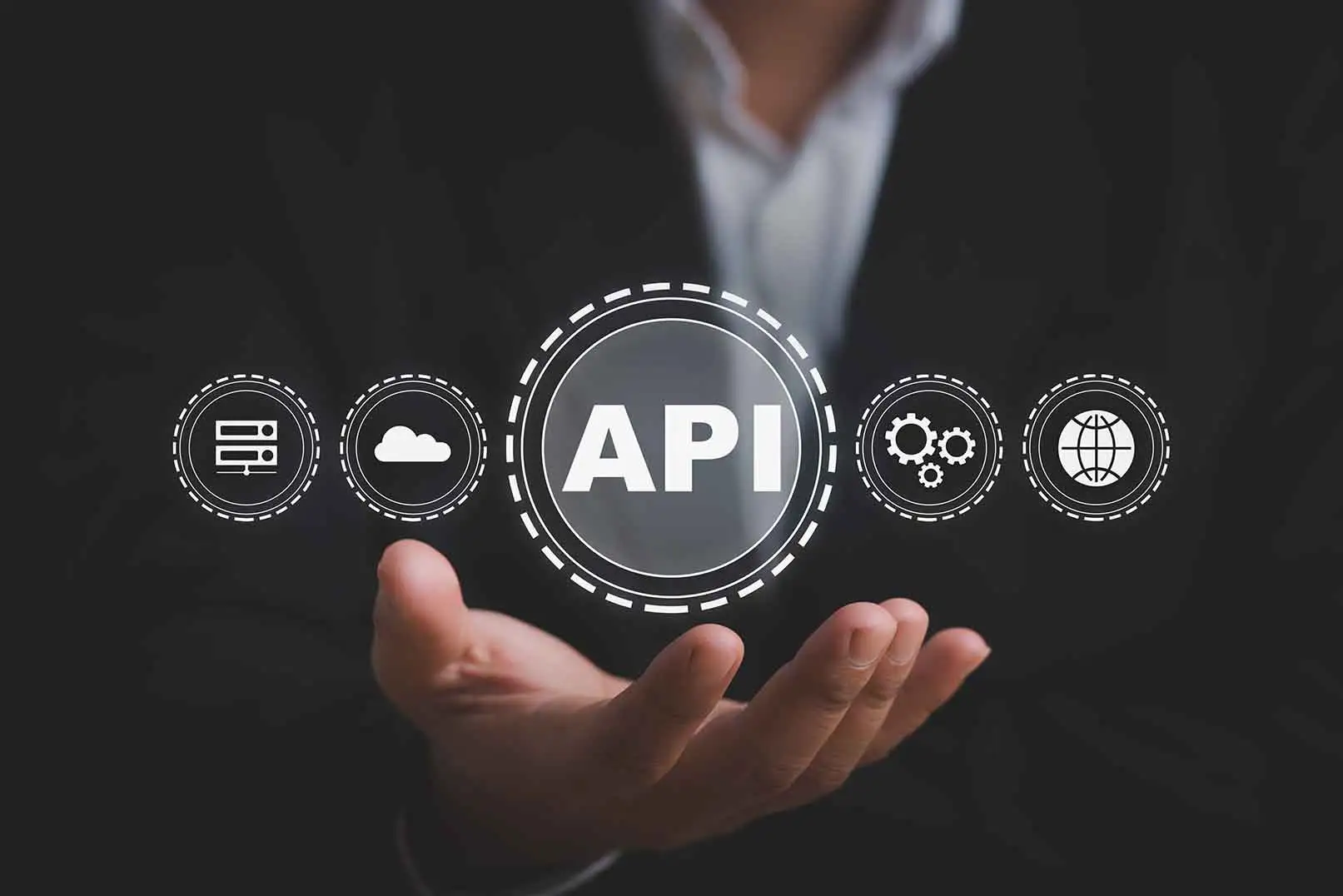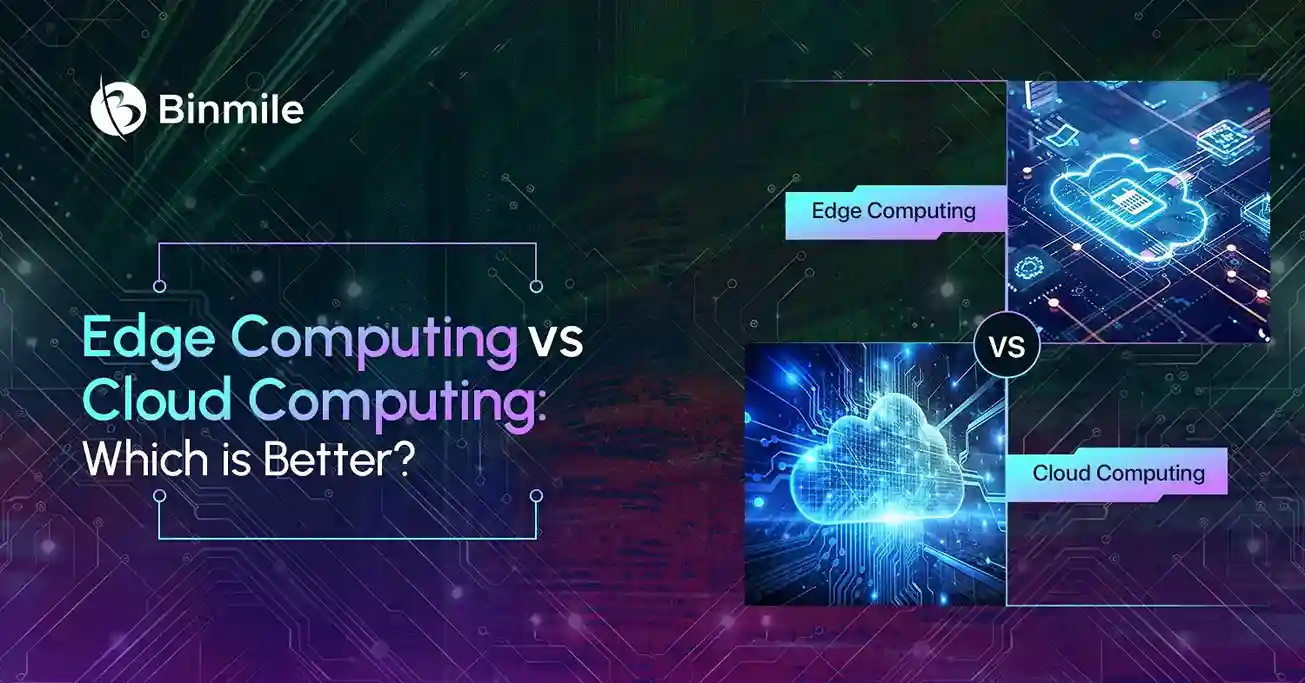Online services are highly interconnected with other systems. They prompt vendors to consume and expose data that fit in the ecosystem of related software. That is why vendors expose their application programming interface (APIs) and build integrations to exchange information with partner companies, customers, and internal software developers. Today, API integration is obligatory, and APIs come with technological advances to reduce costs and boost productivity. Surprisingly, API integration is not easy and makes organizations face many challenges. Here, we will discuss some challenges that make things quite tough for API developers when it comes to working with APIs. Moreover, these API integration challenges have always been enterprise software pain points.
Developers and API Integration Challenges
API integration is a set of API methods that connect different apps by sharing data. As far as the functionality of API integration is concerned, it allows performing CRUD (create, read, update, and delete) operations that consist of fundamental methods for managing and accessing data via RESTful APIs. The most common API integration difficulties or challenges vendors frequently encounter are high expensiveness; high time consumption, maintenance, and upgrading; security risks; system diversity, and technological code complexity. Moreover, in-house API integration also involves many challenges.
Let’s move ahead and find how API developers find working with APIs challenging.
1. Biggest Challenge – API Documentation
API developers face many hurdles, but API documentation is a surprising challenge sometimes. When documentation shows no real request/response information, developers have to call the API manually to prove the data. They find it hard to have credentials or reach a test or live system. In such cases, developers can’t test and verify the API integration functions appropriately.
2. Consistency vs Inconsistency – Easy API vs Difficult API
Easy APIs come with a consistent data structure and structure of endpoints. Clear and concise documentation with an interactive format induces a big difference. OpenAPI standard with standardized formatting makes it easy for many API developers to construe the API. Some difficult APIs are inconsistent like:
- Form post to submit data
- Response is JSON
- Just a string dependent on the endpoint called
- Data structure and field names do not follow a convention
- Documentation is very limited, not showing real headers
- Documentation not showing data requests, responses, or entity structures
3. Custom Functionality Creation not Supporting API Easily
Custom functionality is the basic need to mystify the UI complexity when there is any bespoke authentication. Developers normalize and manipulate user-friendly data in an integrated workflow to let 3rd party apps play well with other apps. Things become quite tough when standard data submission is not defined. It leaves the API in a bit of a messy structure. Filtering out records based on time range can also be challenging at some stages.
Also Read: Top Challenges of Integrating API for Business
Common Mistakes API Developers Make While Working with APIs
Evolving a design for internal purposes without thinking about how outsiders will view possible outcomes is a big mistake that API developers can make while working with APIs. Design is likely developed by someone who has no idea of how apps work from an external user’s point of view. If developers don’t stick to the practice of external communication, they may fail to include defensive coding and tools to interact with APIs and prevent abuse.
Not identifying an Ideal API
When we talk about an ideal API, it means sticking to standards and consistency. It helps you communicate information with more audiences to your product and API. You better use patterns and standards that exist across the web. The ideal API should have the ability to filter the information of your choice when you deal with different workflows and repeated processes.
Read More: API Design Best Practices for Development
Wrapping Up
When it comes to picking up particular tools while working with APIs, getting access to APIs using Postman or SOAP UI can help you interact, understand, and play with the API. If you are looking for more on working with APIs, API integration teams at top app development companies can help you. They can let you know more about do’s and don’ts of API documentation and authentication types.
API Integration can be a challenge for API developers and enterprises as a software pain point. Sticking to the right practices can help you make the most out of your API integration efforts.
Frequently Asked Questions
An API development company is a specialized firm that focuses on creating, designing, implementing, and maintaining application programming interfaces (APIs) for businesses, organizations, and software products. These companies typically offer services related to API development, integration, customization, and optimization to meet the specific needs of their clients.
API development companies offer a range of services, including:
- API design and architecture: Creating robust and scalable APIs that enable seamless communication between different software systems and applications.
- API development and implementation: Writing code and building APIs according to client requirements and industry standards, ensuring reliability, security, and performance.
- API integration: Integrating APIs into existing software applications, platforms, or ecosystems to enable data exchange, functionality extension, or third-party service integration.
- API customization: Tailoring APIs to meet the unique needs and preferences of clients, including adding custom features, endpoints, or authentication mechanisms.
- API documentation: Creating comprehensive and user-friendly documentation for APIs, including specifications, usage guidelines, and code samples, to facilitate integration and development.
- API testing and quality assurance: Conducting thorough testing and validation of APIs to ensure functionality, reliability, and compatibility across different platforms, devices, and environments.
- API maintenance and support: Providing ongoing maintenance, updates, and support services to address issues, bugs, or enhancements related to APIs, ensuring their continued performance and relevance over time.
The difficulty of API development can vary depending on factors such as the complexity of the API, the experience level of the developer, and the specific requirements of the project. While API development may present challenges, it is not inherently “hard” for experienced developers with a strong understanding of programming concepts, web protocols, and software architecture.









